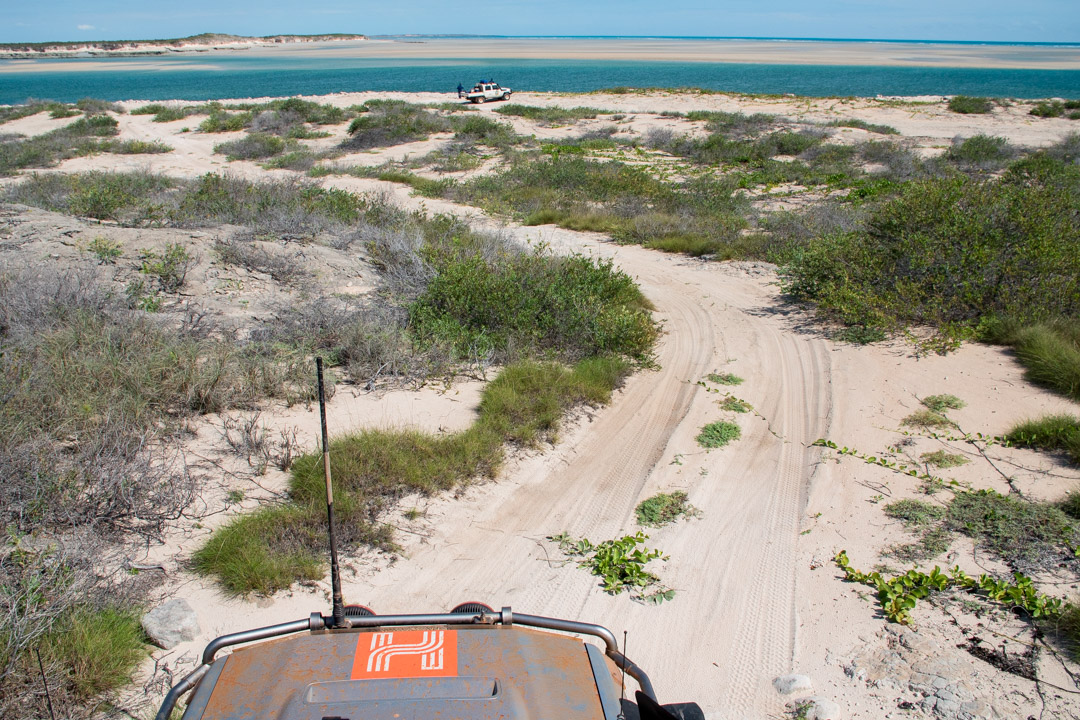A Lesson in Safe Beach Driving
Driving in sand requires proper technique and good judgement. Do you know all the tips and tricks for the next time you're in a sandy situation?
1. Maintain momentum. This doesn’t necessarily mean speed, but forward motion. The softer the sand the more important this rule becomes, because the moment you hesitate and ease off the accelerator (or change down gears) you’re going to quickly come to a stop. Once at a complete stop in soft sand a recovery effort is often unavoidable.
2. Line up the path you want to take when approaching a particularly tough stretch of sand, and consider shifting down a gear to ensure you have enough engine power to make it through.
3. Use high-ratio 4WD in sand. This is a good practice because low-range 4WD often doesn’t provide enough momentum to guarantee you will make it through a patch of soft sand, as well as cutting down the need to change gears and risk slowing down too much.
4. Learn to recognise when you’re not going anywhere. It’s sometimes instinctual to stomp on the accelerator when you feel your vehicle losing momentum or getting dragged down. However, once a vehicle has lost momentum traction becomes scarce, meaning if you keep trying to power out of the situation you will likely dig your 4WD down further; which is when you'll need a set of MAXTRAX. Knowing when resistance is futile can go a long way to making any necessary recoveries much simpler and less time consuming.
 5. Always keep your thumbs outside or on the edge of the steering wheel, as wheel tracks will make it turn with great force and potentially bruise or break any misplaced thumbs.
5. Always keep your thumbs outside or on the edge of the steering wheel, as wheel tracks will make it turn with great force and potentially bruise or break any misplaced thumbs.
6. Lower your tyre pressures to around 60% of what is normal pressure on bitumen, which in most 4WDs equates to around 20-25psi. This larger footprint will make traction easier to come by and avoid churning up tracks too much for other drivers.
Navigation & Maps
Hema HX-1 Navigator










0 comments